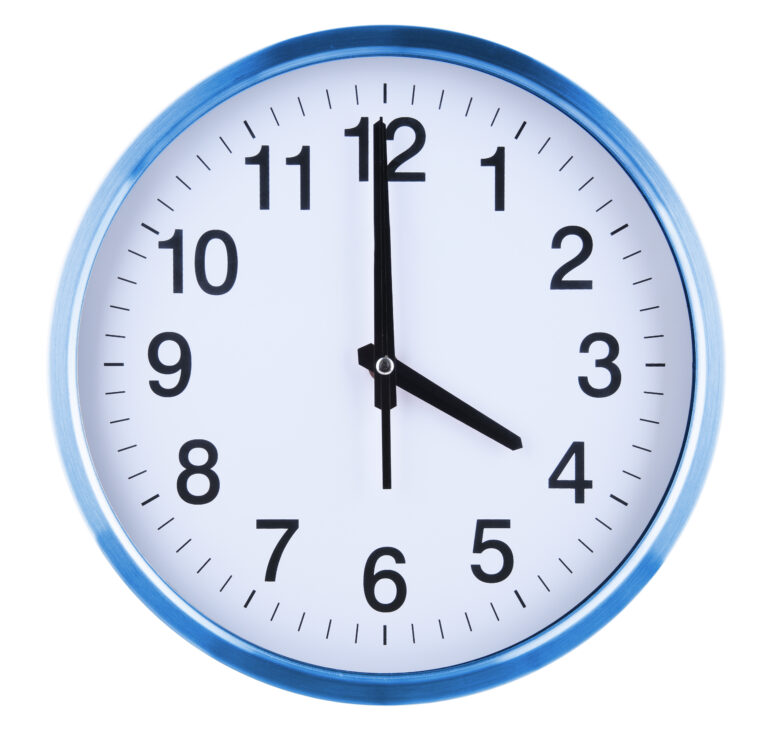**Why Your Dislike of Neon Signs Might Reflect Visual Overstimulation Risks**
Have you ever walked into a room and felt overwhelmed by the bright, flashing lights of neon signs? Maybe you find yourself covering your eyes or quickly leaving the area. This reaction could be more than just a preference; it might be a sign of visual overstimulation.
**What is Visual Overstimulation?**
Visual overstimulation, or sensory overload, happens when your brain receives too much visual information at once. It’s like trying to watch too many TV channels at the same time—your brain can’t keep up, and you start to feel frazzled and overwhelmed. This can happen with bright or flickering lights, which are common in neon signs.
**Signs of Visual Overstimulation**
If you’re experiencing visual overstimulation, you might notice some of the following symptoms:
– **Headaches or Migraines**: The bright lights can cause physical discomfort.
– **Irritability or Agitation**: You might feel anxious or easily irritated.
– **Difficulty Focusing**: It’s hard to concentrate on anything else when your eyes are bombarded with bright lights.
– **Covering Your Eyes**: You might instinctively cover your eyes to block out the overwhelming visual input.
**Why Neon Signs Can Be Problematic**
Neon signs are particularly problematic because they often feature bright, flashing colors that can be very distracting. These signs are designed to grab attention, but for some people, they can be more than just attention-grabbing—they can be overwhelming.
**Who is More Prone to Visual Overstimulation?**
Some people are more likely to experience visual overstimulation due to neurological differences or conditions. For example, children with Autism Spectrum Disorder (ASD) or Attention Deficit-Hyperactivity Disorder (ADHD) might find it harder to regulate their response to sensory input, making them more prone to overstimulation.
**What Can You Do?**
If you find yourself feeling overwhelmed by neon signs, there are a few things you can do to manage the situation:
1. **Limit Exposure**: Try to avoid areas with neon signs if you know they will cause you discomfort.
2. **Wear Protective Gear**: Wearing sunglasses or goggles can help block out some of the light.
3. **Create a Calming Environment**: If you’re in a space with neon signs, try to create a calming atmosphere by dimming other lights or using soothing colors.
**Conclusion**
Your dislike of neon signs might not just be a matter of personal preference; it could be a sign of visual overstimulation. By recognizing the signs and taking steps to manage your exposure, you can reduce the risk of feeling overwhelmed and create a more comfortable environment for yourself. Remember, it’s okay to take care of your senses and prioritize your well-being.





